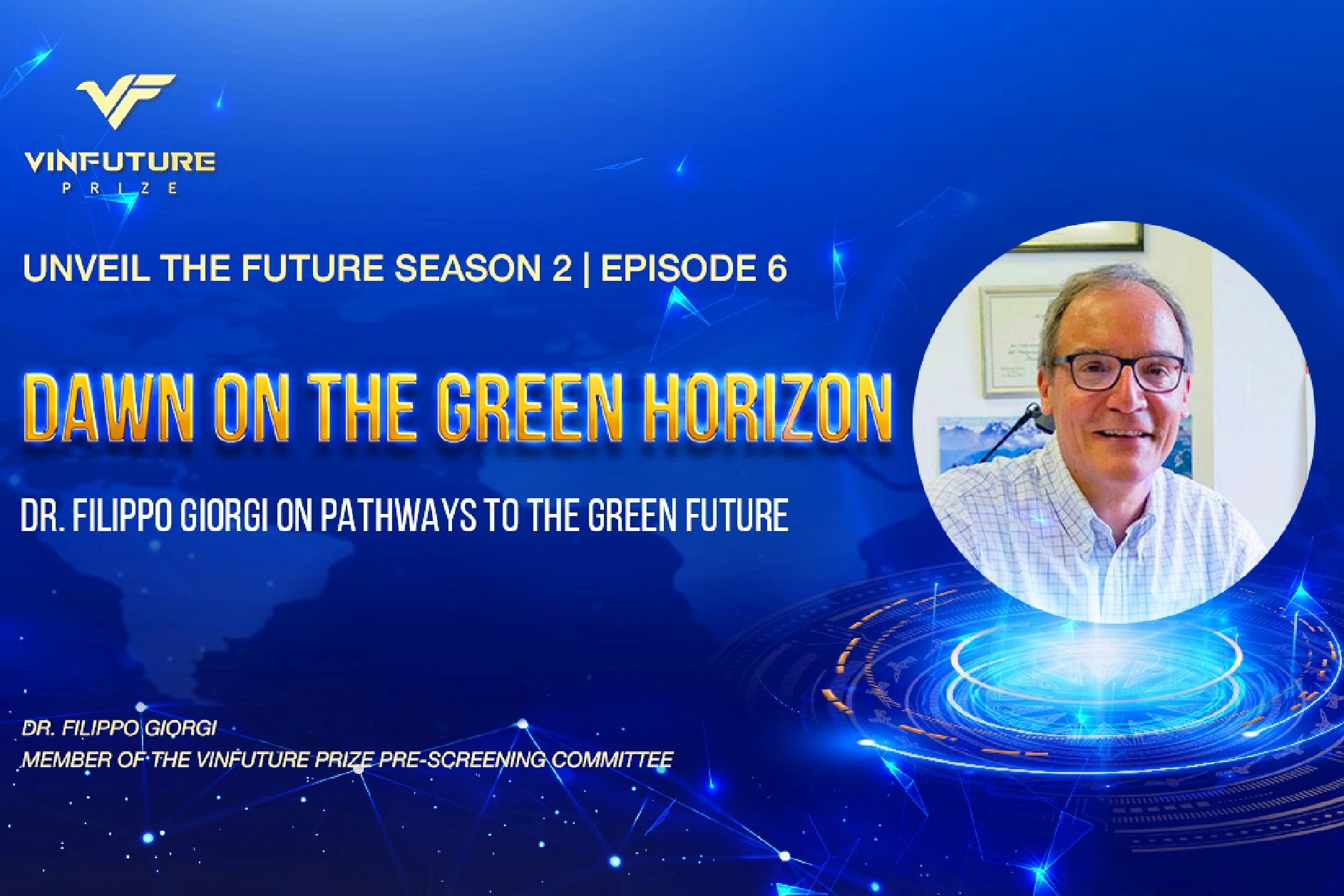MC: The world relies on more batteries each year. What advancements can we expect in new battery chemistry?
Professor Huang: Yes, more batteries are produced annually for electric vehicles and energy storage. We anticipate longer-lasting, more affordable, safer, and lighter batteries. This implies batteries with high capacity and safety. We also require sustainable solutions.
MC: Being from China, you’ve witnessed the rise of consumerism. Everything needs to be faster, smaller, and more advanced, including batteries. Fast charging technology is a growing industry. What’s in store for the future of fast charging?
Professor Huang: For electric vehicles, we do necessarily need batteries capable of fast charging. The focus is on improving the battery’s ability to accept ions quickly. Enabling fast charging will encourage more customers to purchase electric vehicles.
For fast-charging batteries, we also require high energy density. This involves using new materials like silicon and tin alloy-based materials to replace or partially replace graphite. Introducing hard carbon and other new materials for the anode is another approach to enhance the fast-charging capability of lithium-ion batteries for electric vehicles.
MC: Regarding your presentation, we understand you’ll be discussing the advancement of lithium-ion batteries into new electrical materials. Could you share a few key points about your presentation?
Professor Huang: Currently, there are two primary types of commercial batteries widely available. One is based on the chemistry of lithium iron phosphate, and the other utilizes lithium nickel cobalt manganese oxide (NCM). The former offers advantages in safety and cost, but we aim to extend its service life and cycle life for applications like energy storage, aiming for up to 30 years of use, instead of the previously considered 10 years. We’ve developed a new material, lithium silicate plus sulfur, which significantly enhances the cycle life and calendar life of lithium iron phosphate.
NCM batteries, known for their high energy density, are often preferred for more expensive products. However, safety remains a concern compared to lithium iron phosphate batteries. Moreover, there’s a desire to further increase their energy density by reducing cobalt content and increasing nickel content.
To achieve this, we need to enhance the material to ensure high safety, long cycle life, and reduced cost. I’ll introduce a second material: dense, small-particle-sized NCM. Additionally, to enable faster charging, we’ll incorporate silicon and tin-based alloy anode materials, which also contribute to higher energy density.








